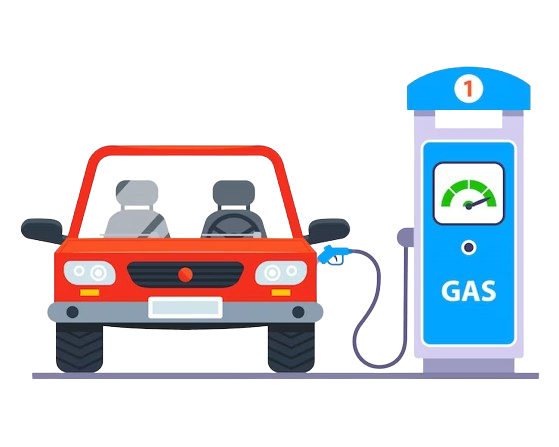
LPG TANK TESTING – WHAT YOU NEED TO BE AWARE OF
LPG tank testing an important task that must not be overlooked. Just like other forms of energy, liquefied petroleum gas is safe when treated and contained properly. However, due to its nature, if the tank that contains it fails after going unchecked, the results can be devastating.
Australian Standards require that LP gas tanks be inspected and tested every 10 years. The test’s expiration date, showing the month and year, is to be stamped on the gas container.
Expired LPG containers should not be filled until they have been tested and re-stamped at a certified test station. If the 10 year certification period will expire before the next regular vehicle service, arrangements should be made for the gas container to be re-inspected and restamped at a certified gas cylinder test station as soon as possible.
Filling LP gas containers that are damaged or untested is illegal and dangerous. It may be difficult to for you to see the testing expiration date on the tank. If this is the case, your Autogas service may be the best person to advise you when the gas container is due for inspection.
LPG TANK TESTING PROCESS
The tank must be taken out of the car for full examination, this is required. If there is gas still left in the tank, it must be fully purged before it can be properly inspected.
The outside of the cylinder is checked for signs of corrosion, bulges, dents, gouges or any other type of damage and wear. If there is any sign of the above, it is assessed against the government standard and determine whether it will pass or fail.
For the internal examination, the valves are striped from the tank. An internal visual examination is performed with micro LED’s , mirrors and borescope, to check for corrosion, scale, or heat affected zones. Any contamination is cleaned out, valve threads and sealing surfaces are cleaned and inspected.
All valves are also checked for condition and operation. The safety valve (or pressure relief valve) is discarded and a new valve is fitted in every re-test of an LPG tank. The automatic fill limiter, content level arm, service tap and excess flow valves are checked for wear and correct operation, and replaced as necessary.
The sender unit is also tested, as is the 12 volt lockoff. The valves are re-installed and all threads are re-sealed. All seals and retaining screws are replaced.
Any tank that does not meet the government standard, is be condemned and will need to be replaced.
For more information on LPG tank testing, please consult the following website:
http://www.commerce.wa.gov.au/energysafety/PDF/Publications/Auto%20LP%20gas%20safety.pdf
You can also book your car in with LPG Auto Power for LPG Tank testing.

